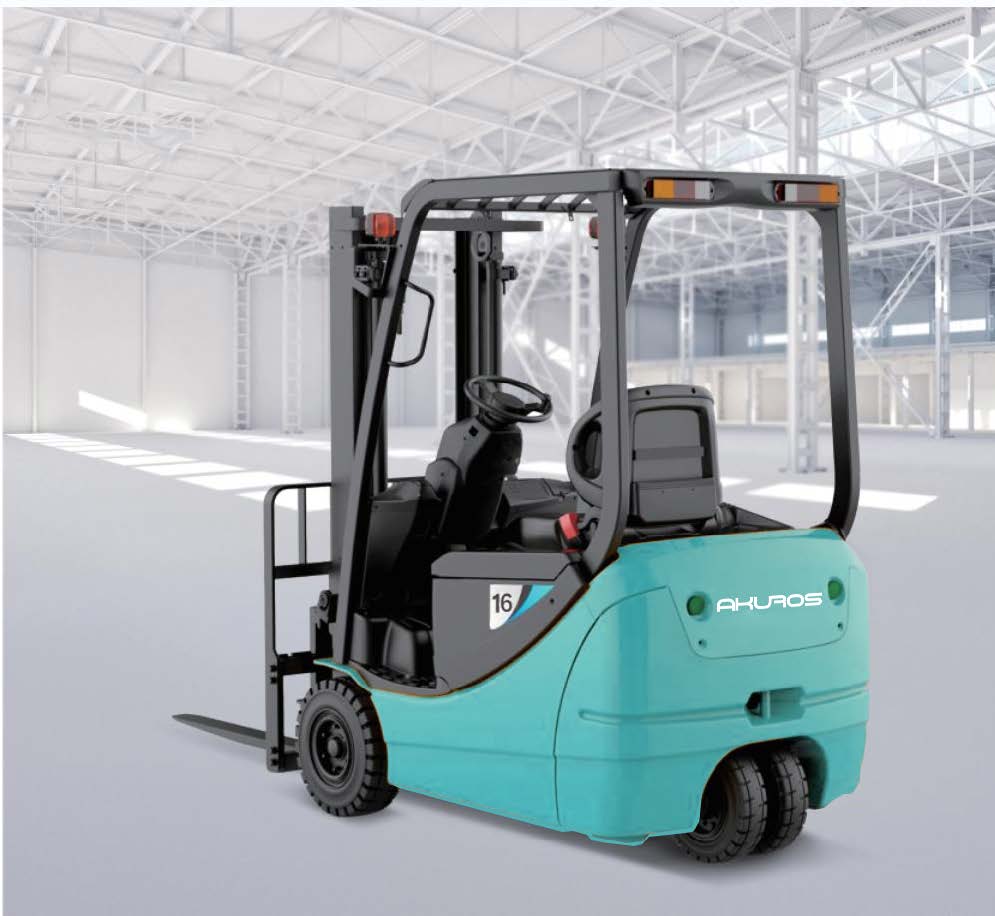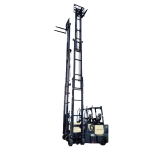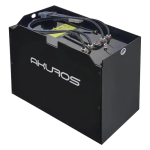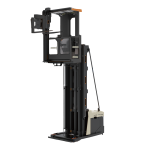When it comes to modern warehouse and logistics operations, the choice between 전동 지게차 그리고 internal combustion (IC) forklifts has become a defining decision that impacts cost efficiency, sustainability, and long-term performance. While IC forklifts have long dominated the industry, the rapid advancement of electric forklift technology—driven by lithium battery innovations and intelligent control systems—has shifted the competitive balance.
At Akuros, we specialize in developing high-performance electric forklifts designed for durability, precision, and low operating costs. In this article, we’ll dive deep into how electric and IC forklifts compare in operational cost, performance, maintenance, and sustainability, helping you determine which solution fits your business best.
1. Operating Cost: The Long-Term Advantage of Electric Forklifts
Energy and fuel consumption remain the most significant cost factors in forklift operations.
-
IC forklifts typically rely on diesel, LPG, or gasoline. Although they provide immediate power, their fuel costs fluctuate with market prices and result in high long-term expenses.
-
전동 지게차, on the other hand, run on rechargeable lithium or lead-acid batteries. The electricity cost per working hour is typically 30–60% lower than fuel costs for IC engines.
Furthermore, electric forklifts have fewer moving parts—no engine oil, spark plugs, or exhaust systems—which means lower maintenance costs. According to warehouse cost studies, the total cost of ownership (TCO) for electric forklifts can be 20–35% lower than IC forklifts over a five-year period.
Key takeaway: While IC forklifts may offer lower upfront prices, electric forklifts deliver greater long-term savings and stability.

2. Performance and Power: Modern Electric Forklifts Are Closing the Gap
Historically, IC forklifts were favored for heavy lifting and outdoor use because of their strong torque and high endurance. However, electric forklifts have evolved dramatically:
-
Advanced electric motors now deliver instant torque, providing smoother acceleration and precise control.
-
Akuros E16 counterbalance forklift, for example, features fingertip control and proportional valve steering, offering millimeter-level precision even in narrow aisles.
-
New-generation lithium-ion batteries maintain consistent performance, even during long shifts, and recharge up to 80% within an hour.
Electric forklifts are also quieter and produce no exhaust fumes, making them ideal for indoor warehouses, food storage, and pharmaceuticals where cleanliness and air quality are critical.
IC forklifts, meanwhile, still dominate outdoor environments 또는 rough terrains, thanks to their robust engine torque and fast refueling.
Verdict: Electric forklifts now match or surpass IC forklifts in precision and stability, especially in controlled environments.
3. Maintenance and Reliability
One of the biggest advantages of electric forklifts is their low maintenance requirement. Without combustion engines, oil filters, or complex transmission systems, the downtime is significantly reduced.
Electric forklifts typically require:
-
Periodic battery inspections and software updates
-
Minimal lubrication for drive components
-
Occasional brake and tire maintenance
By contrast, IC forklifts demand frequent servicing, including oil changes, fuel system cleaning, and emissions checks. The mechanical wear on engines and exhaust systems also accelerates over time, leading to higher parts replacement frequency.
For companies operating 24/7 warehouse systems, electric forklifts ensure predictable maintenance schedules 그리고 higher uptime, directly improving productivity and cost efficiency.
4. Environmental Impact and Sustainability
With global industries moving toward carbon-neutral operations, the environmental advantages of electric forklifts are becoming impossible to ignore.
-
Zero emissions: Electric forklifts produce no CO₂ or NOx emissions during operation.
-
Low noise levels: Typically 20–25 dB quieter than IC forklifts, improving workplace comfort.
-
Recyclable batteries: Modern lithium batteries have over 3,000 charge cycles and are 90% recyclable.
By contrast, IC forklifts emit significant greenhouse gases, making them less compliant with emerging ESG (Environmental, Social, and Governance) standards. In many regions, companies can even qualify for government incentives or tax credits when investing in green warehouse equipment like electric forklifts.
Akuros E-series forklifts are engineered with sustainability in mind—combining intelligent control systems with energy-efficient lithium batteries to reduce overall carbon footprint.
5. Application Scenarios: Which Forklift Fits Your Business?
Electric Forklifts are ideal for:
-
Indoor warehouses and distribution centers
-
Cold storage and food industries (low-temperature operation)
-
Clean environments such as pharmaceuticals and electronics
-
Facilities seeking quiet, emission-free operation
IC Forklifts are better suited for:
-
Outdoor logistics and construction sites
-
Long-distance transport between warehouses
-
Heavy-duty lifting above 5 tons
-
Operations requiring continuous use without charging breaks
For most modern warehouses adopting Industry 4.0 automation, electric forklifts—especially intelligent models like Akuros E16—offer the best balance of cost-efficiency, precision, and sustainability.
6. Case Study: Akuros E16 in Real-World Operations
In a South China logistics hub, Akuros deployed several E16 electric counterbalance forklifts for 24-hour warehouse operations. Compared to their previous IC models:
-
Energy costs dropped by 42%
-
Maintenance intervals extended by 60%
-
Noise complaints from staff decreased by over 70%
Operators also reported smoother driving and faster pallet turnaround times, highlighting how electric forklifts are redefining modern logistics efficiency.
7. Future Outlook: Smart and Connected Forklifts
The future belongs to intelligent, connected forklifts that integrate with warehouse management systems (WMS). Akuros is actively developing IoT-enabled electric forklifts capable of:
-
Remote diagnostics
-
Predictive maintenance
-
Real-time fleet monitoring
-
Data-driven efficiency optimization
These innovations will further reduce downtime and maximize asset utilization across warehouse networks.
FAQ: Electric vs. IC Forklifts
Q1: Are electric forklifts powerful enough for heavy loads?
Yes. Modern electric forklifts can handle up to 5–7 tons, depending on configuration and battery capacity. Akuros’ lithium technology ensures stable torque across all load conditions.
Q2: How long does it take to charge an electric forklift?
Fast-charging systems allow 80% recharge in about 60 minutes, minimizing downtime.
Q3: Can electric forklifts operate in cold or wet environments?
Yes. Akuros forklifts are engineered for -25°C to +45°C, suitable for seafood cold storage and refrigerated warehouses.
Q4: What is the typical battery lifespan?
High-quality lithium batteries last over 3,000 cycles, translating to 6–8 years of service life under standard use.
결론
The debate between electric and IC forklifts is not just about power—it’s about efficiency, safety, and the future of logistics. Electric forklifts, led by models like the Akuros E16 counterbalance forklift, now deliver superior control, reduced costs, and sustainable performance that align with the next generation of smart, green warehouses.
As industries evolve, switching to electric is no longer a trend—it’s a strategic investment in operational excellence.








